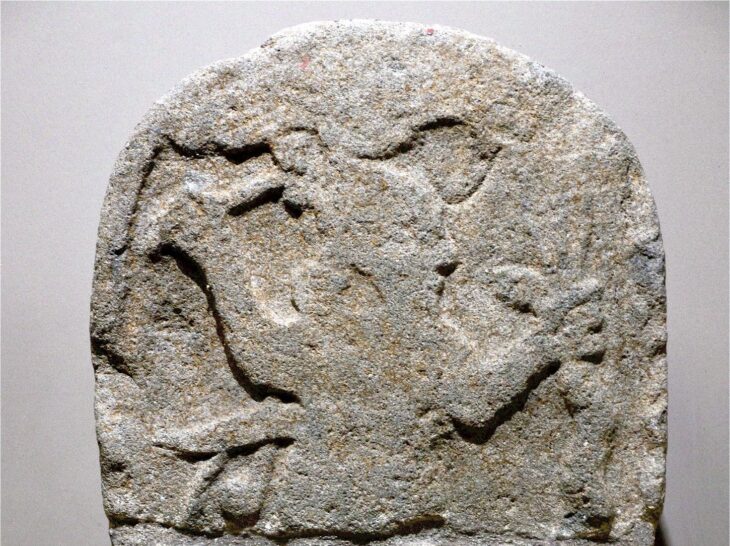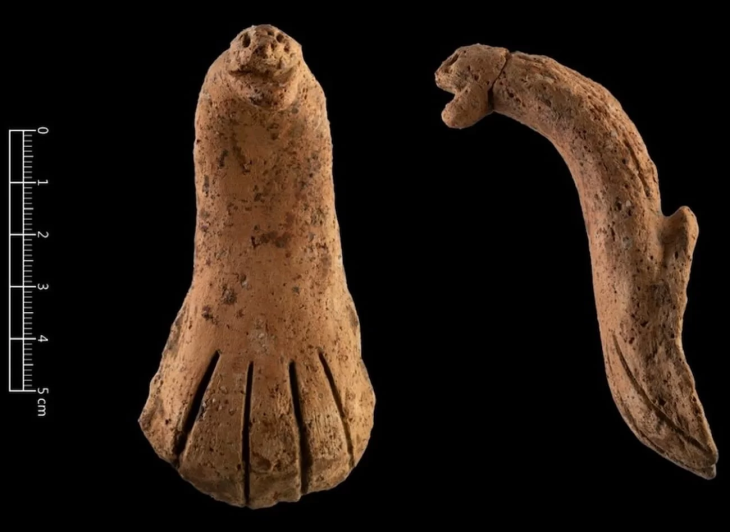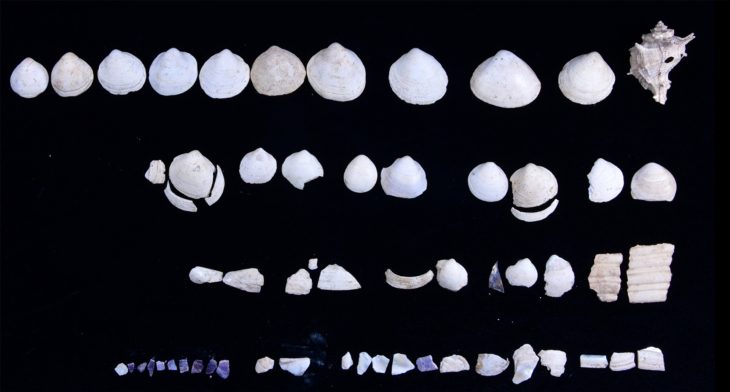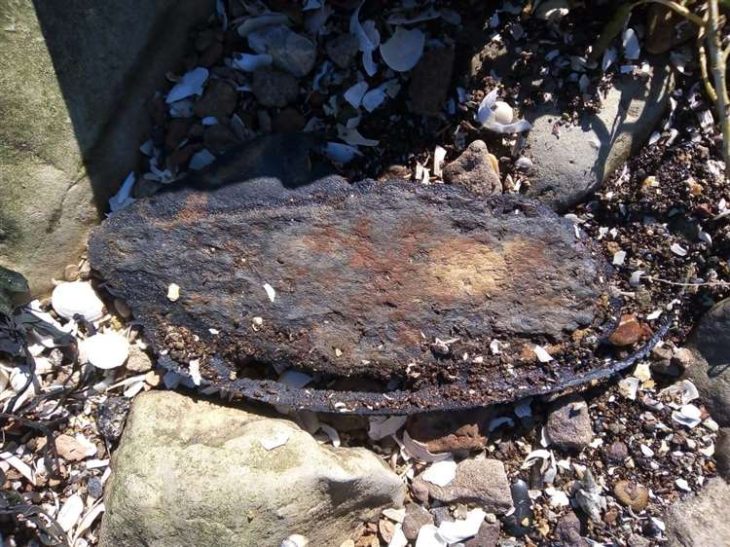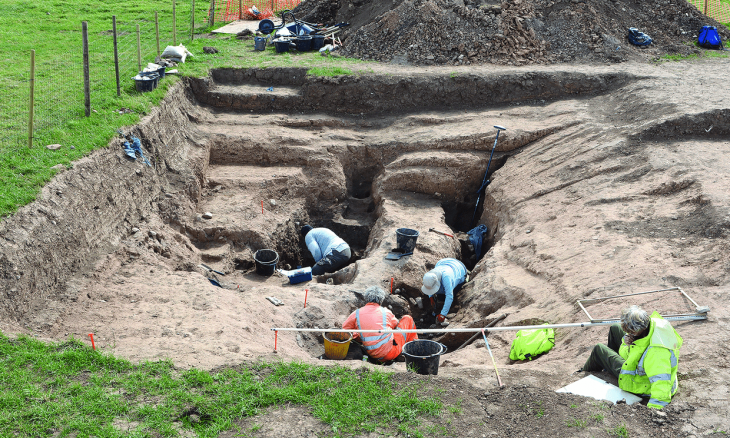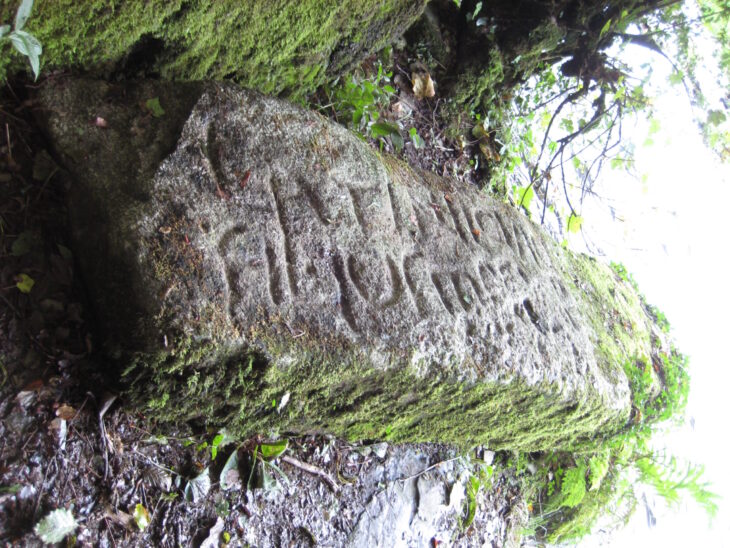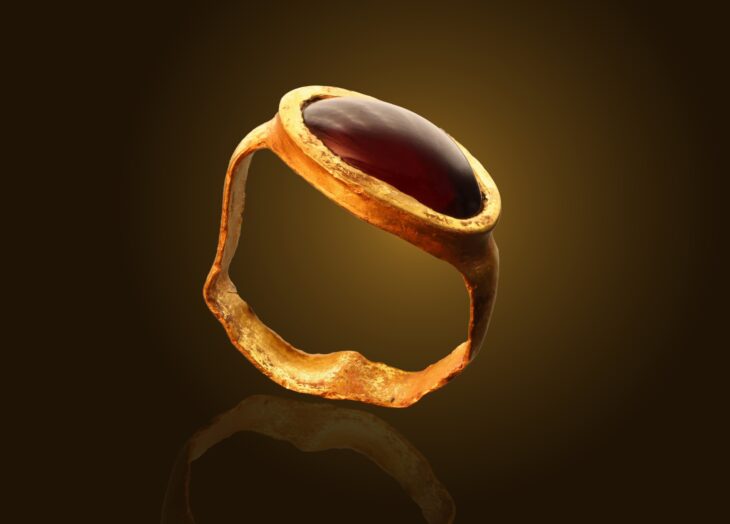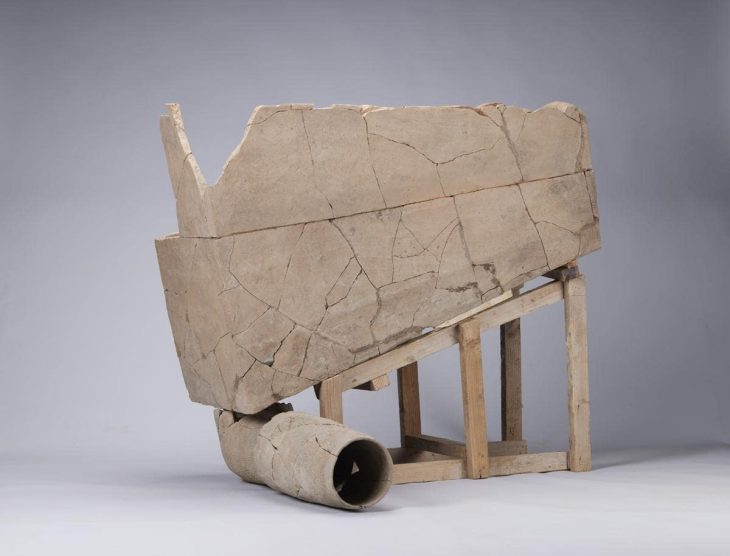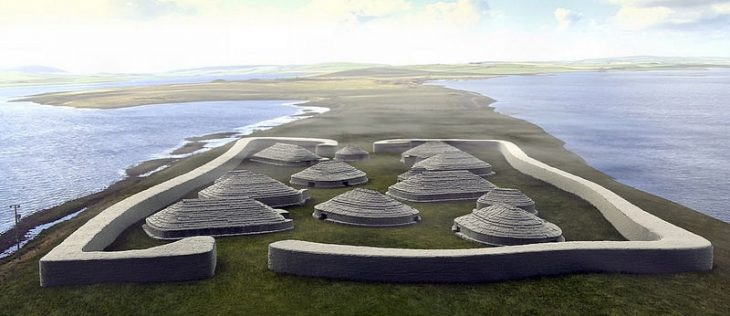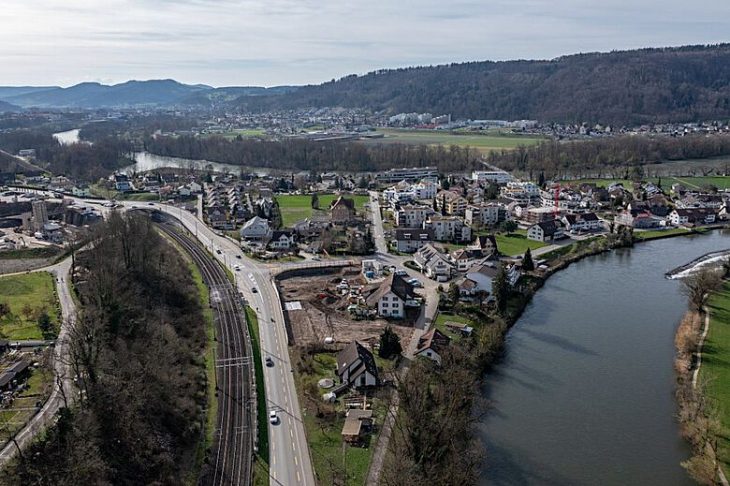The Late Pleistocene inhabitants of Tanegashima Island were making pottery about 14,000 years ago. In the Jomon period, people obtained food mainly through gathering, fishing, and hunting. There is no sign of them starting to settle and grow food.
Previously, hunter-gatherers on the move were not thought to have developed pottery. however, it is now known that pottery preceded agriculture in East Asia.
Researchers examined specimens dated to the Incipient Jomon from the Sankauyama I site on Tanegashima Island in southern Japan. They are associated with the Incipient Jomon culture, which spanned from 14,000 to 13,500 years to 12,800 years ago. (The final phase of the Jomon culture was 300 B.C.E.)
The vessels, discovered and excavated by the Kagoshima Prefectural Archeology Center and now reviewed by lead author Fumie Iizuka of the University of California along with Jeffrey Ferguson of the University of Missouri and Masami Izuho of the Tokyo Metropolitan University, are apparently among the earliest pottery in the world.
According to radiocarbon-based geochronology, pottery vessel technology first appeared in East Asia and Northeast Asia in the late Pleistocene.
📣 Our WhatsApp channel is now LIVE! Stay up-to-date with the latest news and updates, just click here to follow us on WhatsApp and never miss a thing!!

Jomon pottery continued to be produced for approximately 10,000 years.
“Those vessels are all hunter-gatherer’s vessels,” Fumie Iizuka of the University of California spells out. They were not made by early farmers. There is no evidence whatsoever of domestic plants or animals on Tanegashima, or in the southern Kyushu region as a whole, she says.
Even considering that the advent of agriculture was a long-term process, the team suggests that the Initial Jomon of southern Kyushu was pre-agricultural. “Therefore, pottery was made before farming,” she says.
In her opinion, the dating of pottery found in southern China to 20,000 or 18,000 years ago, or items in the Transbaikal region of Siberia seemingly from 16,700 years ago, remains unproven, Iizuka explains.
Most of the early pottery found on Tanegashima was locally made. But 10 to 14 percent of them came from other islands, which the team said likely reflects prehistoric cultures and trade relationships. The pottery itself was exchanged, or locally available goods may have been included in the pottery and exchanged, Iizuka qualifies, adding: the decorative styles of the pottery are like that of southern Kyushu.
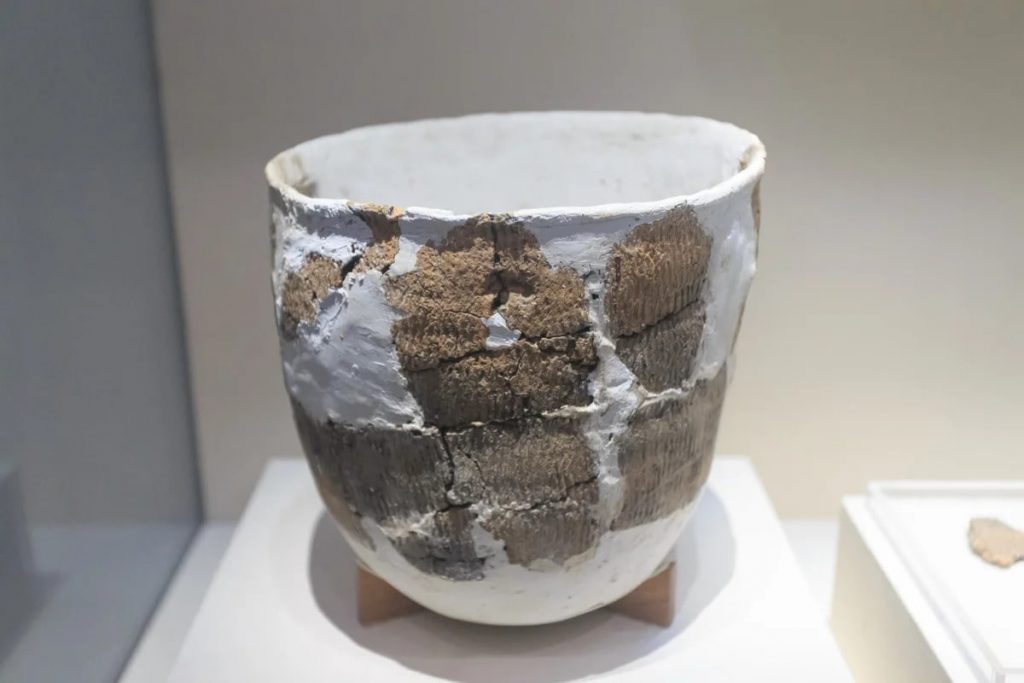
Timing by volcano
The team used Sakurajima, a highly active volcano in southern Kyushu, as the timing for the geochronology of the Tanegashima pottery.
Based on volcanic gunk securely dated to 12,800 years ago that lies above the pottery, the team concludes that the pottery at the open-air site of Sankakuyama I on Tanegashima is between 14,000 to 13,000 years old.
Eleven Incipient Jomon sites have been identified on that island. One is Sankakuyama, which had been occupied from the Incipient Jomon until about 1,700 years ago. (Tanegashima in general has been occupied for about 35,000 years, Iizuka says.)
Despite being pre-agricultural, the Incipient Jomon was marked by a population increase, especially in Tanegashima. It was a time of global climate change and gradually rising sea levels as the Ice Age wound down. As the waters rose, Tanegashima became isolated, cut off from Kyushu, about 14,300 years ago.
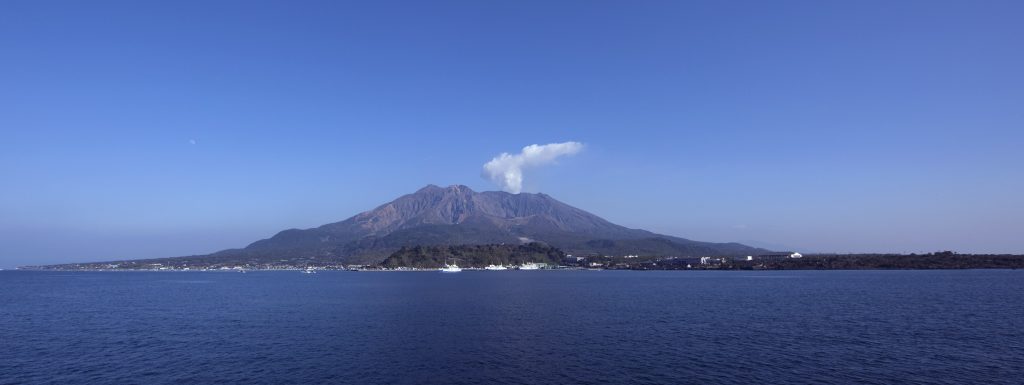
On the other hand, as the Ice Age waned, the living at Sankakuyama was easy, with relatively reliable balmy weather. They wouldn’t have had to trek long distances to forage, the archaeologists believe.
This would have enabled increased sedentarism, enabling pottery manufacture: no less than 4,000 pieces were found at Sankakuyama from the Incipient Jomon. The items were bowls – some shallow, some deep – and decorated mostly with appliqués bands, and some with shell or tool stamping and fingerprints. And some plates.
Further suggesting sedentarism, the people had heavy-duty grinding stones and lived in pit-houses, Iizuka says, which applies to all the Incipient Jomon sites on Tanegashima. She adds that being inland but near the sea, there would have been plenty of seafood. Sadly, because the soil is acidic, bones from their repasts have not survived the ages. However, analysis of encrustations on the pottery indicates that they ate animals, plants, and seafood.
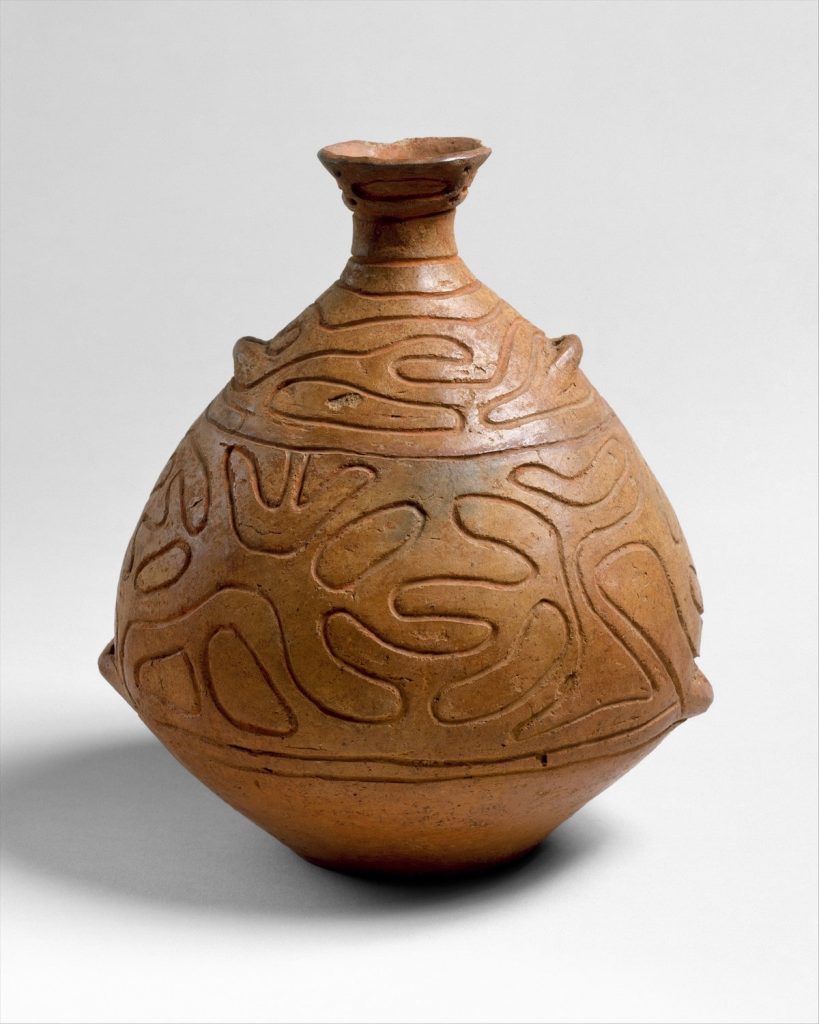
Fumie Iizuka, “The concept of Neolithic needs to be reevaluated. We argue that in the case of southern Kyushu, especially on the islands like Tanegashima, there are varied signatures of Neolithic existing during the Incipient Jomon: pottery, grinding stones, ground stone axes, increased sedentism” – and more.
The research was published in PLOS ONE in March.


